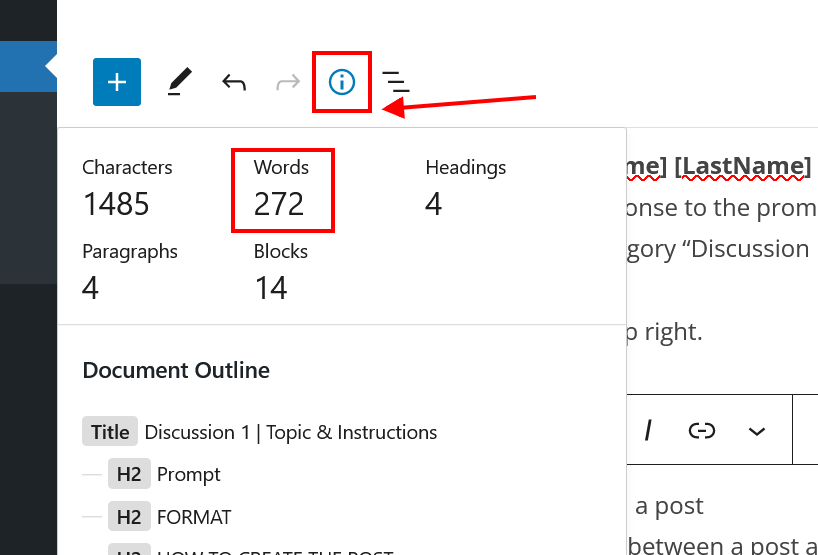Feminism has been a widely discussed subject throughout recent history. There is much discourse about feminism, about what it means and what it stands for. The general concession is that it is a movement put forward to improve the socio-political standing of women. It sounds like a reasonable enough definition. After all, the word itself is closely related to “feminine”. This has led many to believe that feminism is solely for the benefit of women, that it is anti-male, that it promotes the superiority of women rather than equality. While it may had started out that way, early feminists filled with righteous anger at the injustice and domination leading the movement, feminism is far more nuanced than just a “he v/s she” issue. It is about ending sexism, irrespective of the gender and making the world an equal level playing field for everyone.
In the essay Feminist Politics Where We Stand, author Bell Hooks defines feminism as “a movement to end sexism, sexist exploitation, and oppression”. What she means is that feminism is not just the battle against systematic and historic domination of women, it is against sexist notions, perpetuated by patriarchy, that disadvantage men as well. It is as much about destigmatizing emotional vulnerability in men as it is about giving women equal opportunities in the workforce.
Hook understands that the feminist movement isn’t without flaws and that women aren’t absolved of all responsibility simply because they are women. In fact, she highlights the disconnect within the women, separated by race and class. She says, “By accepting and indeed colluding with the subordination of working-class and poor women, they not only ally themselves with the existing patriarchy and its concomitant sexism, they give themselves the right to lead a double life, one where they are the equals of men in the workforce and at home when they want to be.” As an immigrant woman of color, this resonated the most with me. I had always believed feminism to be an “all women” against “all hindrances” thing but I never realized how different hindrances looked like to different socio-economic groups.
This disparity can be further seen when it comes to gender and sexuality. In the article Sex and Gender 101, Kyl Myers provides us a brief description about sex and gender and how diverse it can be. After the reading, I couldn’t help but notice how feminism mostly talks in binary in terms of gender. This is especially interesting since feminism, in theory, is against traditional gender roles. This should make gender identity a more prominent part of the movement rather than the sex (of male and female). This further reiterates Hook’s observation about the disconnect in feminism. While a privileged white woman may be lauded for breaking beauty standards by growing out her body hair, an ethnic woman already masculinized by euro centric beauty standards and a non cisgender woman may not have the same luxury.
Both Belle Hook’s and Kyle Myers’ readings have reinforce the idea of feminism I already had. They have verbalized what I could never put into words. Feminism isn’t just about women against men, it is about everyone, irrespective of gender, race, class and sexuality toppling sexism and oppression. Feminism isn’t about saying men and women are equal in all regards, it is about understanding that all genders should be treated equally, no matter their differences.

